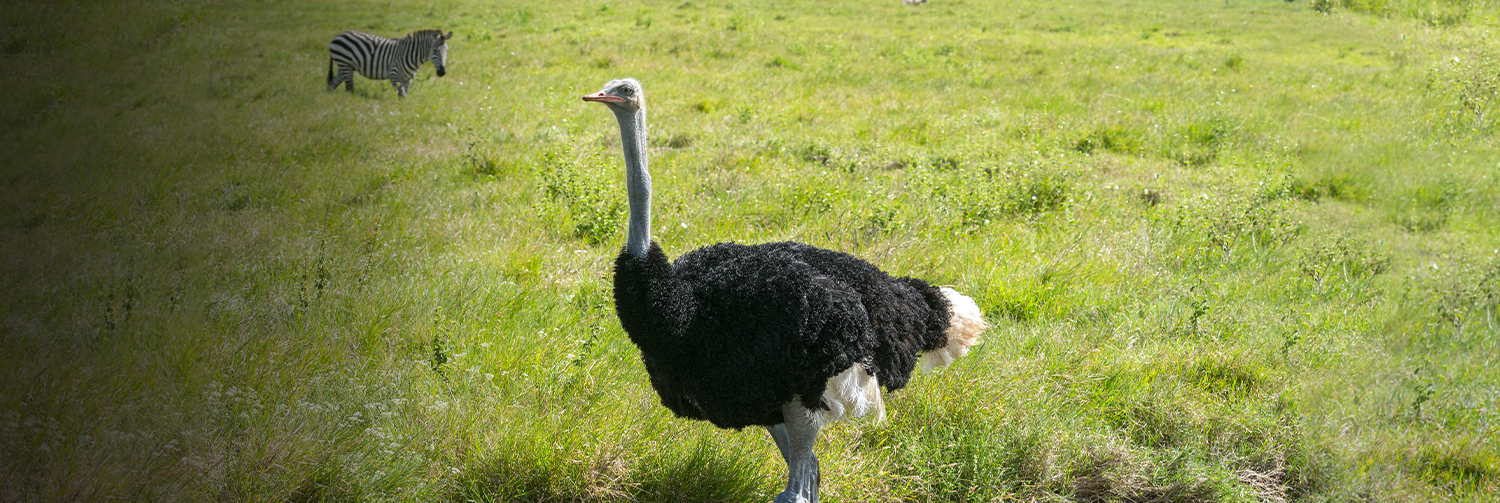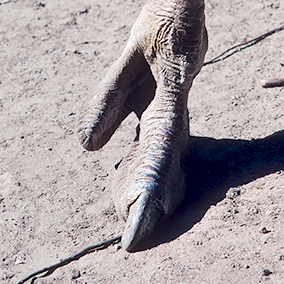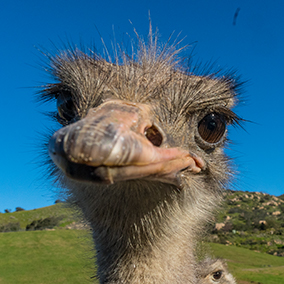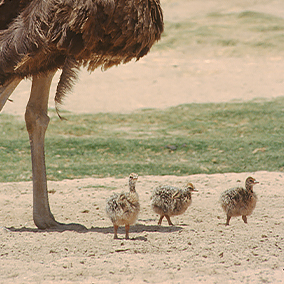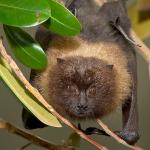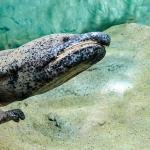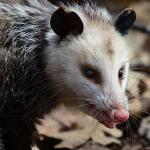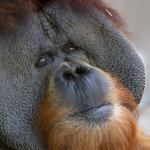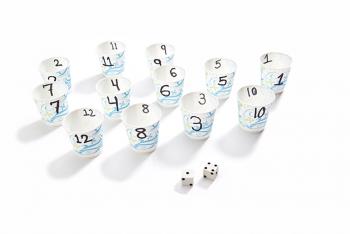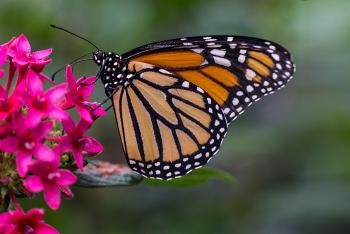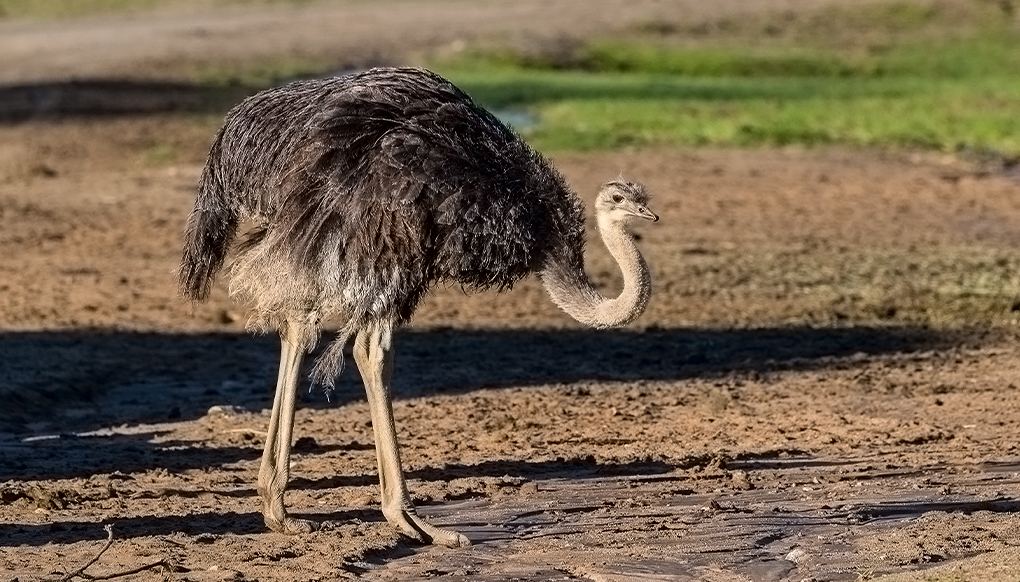
ostrich

Birds


Some Threatened
facts

Ostriches eat mostly roots, leaves, and seeds, but they also eat insects, snakes, lizards, and rodents.

description
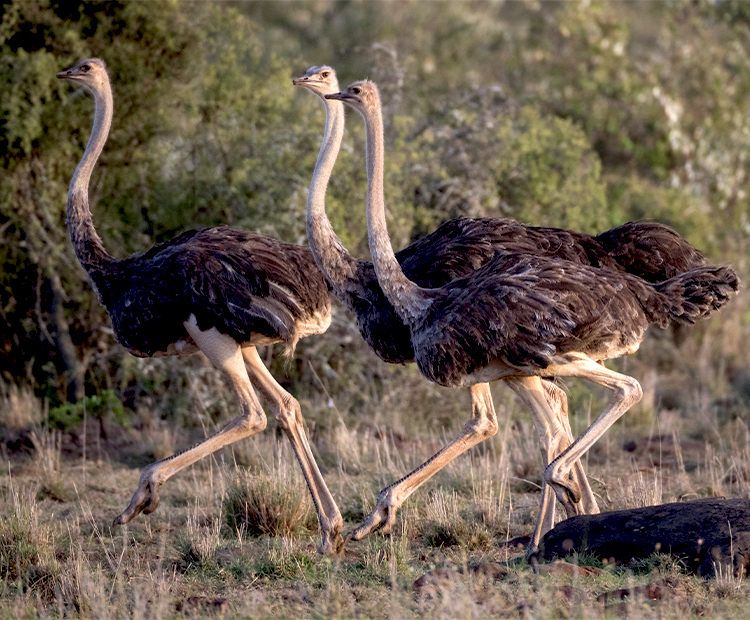
description
They're grounded
Ostriches are too heavy to fly. When danger threatens, they escape by running away. Their long, thick, and powerful legs can cover great distances—10 to 16 feet in a single stride! It’s easy for an ostrich to maintain a speed of 30 miles per hour. Each foot has only two toes, which makes it speedier.
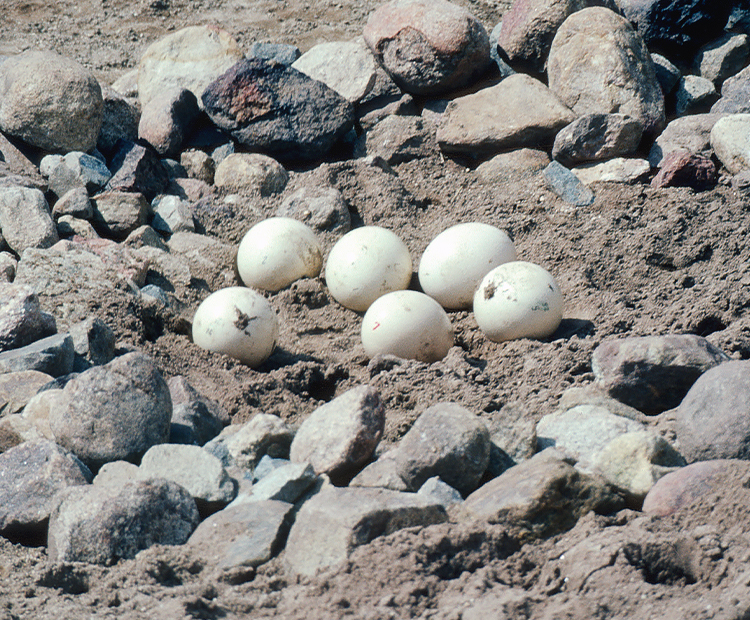
One big nest
Ostriches live in groups, with one male and several females. The male establishes and defends a territory and scratches out a shallow dent in the ground, where all the females lay their eggs. The “main hen” is the dominant female, and she lays her eggs in the very middle of the nest. The male and the main hen take turns incubating all the eggs.
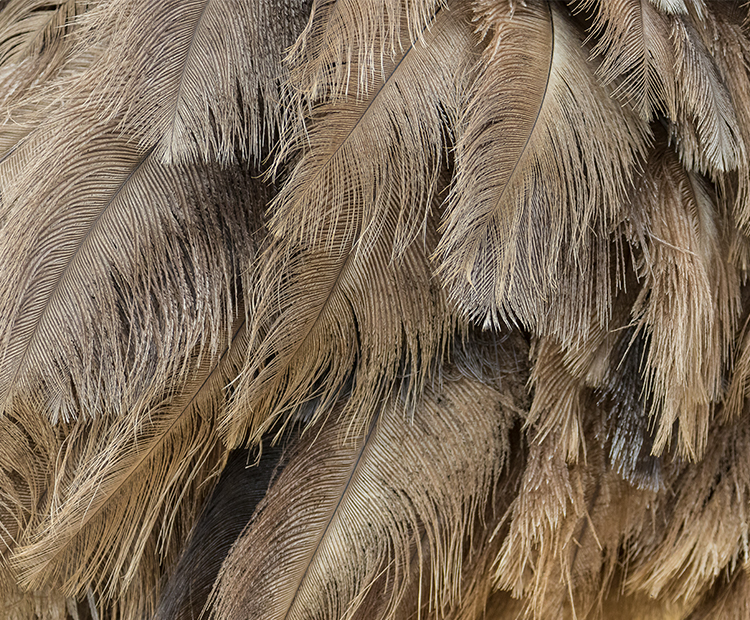
Featuring feathers
Unlike most birds’ feathers, ostrich feathers are soft, loose, and "shaggy.” Adult males have black and white feathers. Females and youngsters have grayish brown feathers. Medieval knights sometimes decorated their helmets with ostrich feathers, and ladies used to wear them in their hair or on their hats. Today, ostrich farms supply feathers to make feather dusters.

